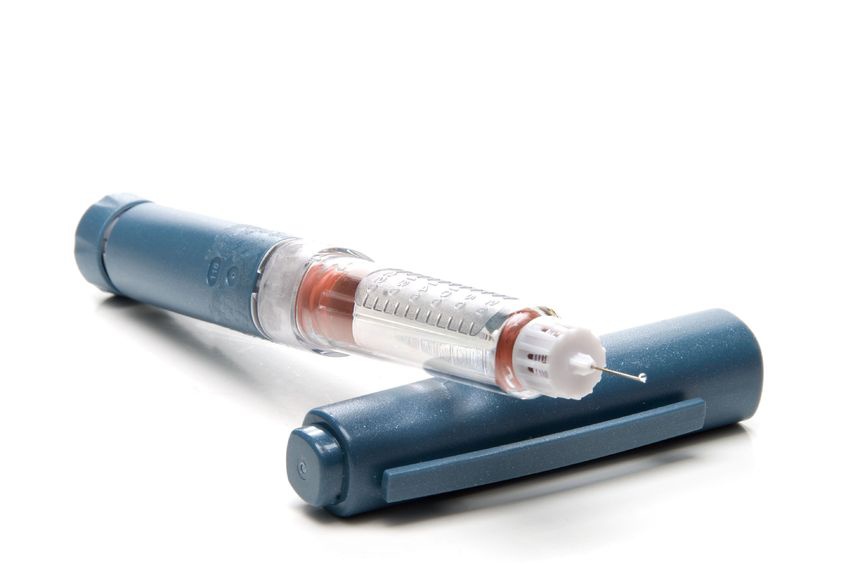
Online doctors at Just Health Experts have served an amazing role helping individuals remotely. Here’s a response to a frequent inquiry by users of the service.
Summary
Clinical Data
Liraglutide (Victoza) is a glucagon-like peptide-1 (GLP-1) receptor agonist indicated as an adjunct to diet and exercise to improve glycemic control in adults with type 2 diabetes mellitus and to reduce the risk of major adverse cardiovascular events in adults with type 2 diabetes mellitus and established cardiovascular disease. The package insert presents no data on the presence of Liraglutide in human milk, the effects on the breastfed infant, or the effects on milk production. However, it refers to the study that suggested the presence of Liraglutide in the milk of lactating rats.
Therefore, it suggests that developmental and health benefits of breastfeeding should be considered along with the mother’s clinical need for Liraglutide and any potential adverse effects on the breastfed infant from Liraglutide or from the underlying maternal condition. The animal data that was presented in the package insert presented is that liraglutide was present unchanged in milk at concentration of 50% of maternal plasma concentrations.
The Peterson, G. E., and R. D. Pollom. article assessed the dosing, safety and efficacy of Liraglutide in clinical practice. In this article, it is unknown whether liraglutide is excreted in human milk. As a result, it is not recommended to use liraglutide during breastfeeding. It also presents the studies that have shown treatment‐related reduction of neonatal growth in suckling rat pups, although the reasons for this finding are unclear. For more information about this topic, please visit Nature’s Reveal.
References
Accessdata.fda.gov. 2010. [online] Available at: [Accessed 16 July 2020].
"Product Information. Victoza (liraglutide)." Novo Nordisk Pharmaceuticals Inc, Princeton, NJ.
Peterson, G. E., and R. D. Pollom. "Liraglutide in clinical practice: dosing, safety and efficacy." International Journal of Clinical Practice 64 (2010): 35-43.